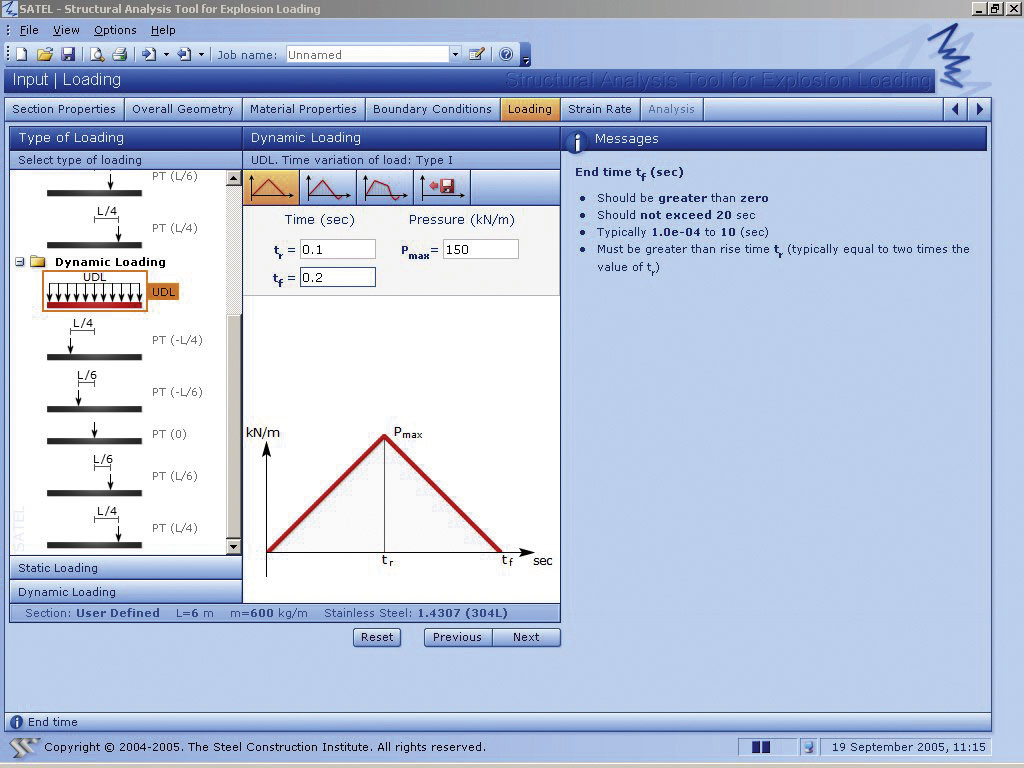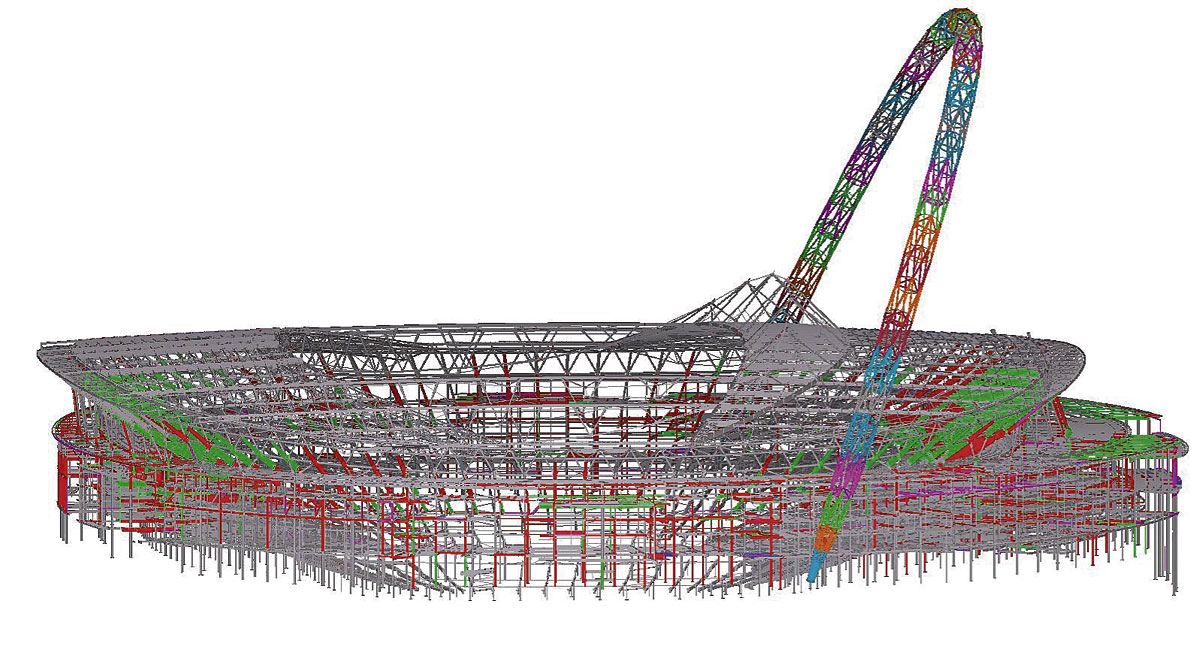News
New explosion design software unlocks capacity of steel
Newly-released software for structural design for blast loading is said to make significant improvements over existing practice.
SATEL — Structural Analysis Tool for Explosion Loading — was developed by the SCI in a joint programme with the Health and Safety Executive, defence technology specialist Qinetiq, and blast wall manufacturer Mech-Tool.
The most widely used standard for explosion design is the US Department of the Army, the Navy and the Air Force Manual TM5-1300. It is based on the long-standing Biggs approach to design.
Both the Biggs method and SATEL apply to beams, columns and panels (such as blast walls) spanning between two supports. SCI Principal Engineer Viken Chinien said: “Because an explosion is an extreme event, you’re allowed to use plasticity, yield and everything you can get from the structure.”
SATEL is designed to achieve a very fast first pass analysis for blast analysis of steel elements. The analytical methods behind SATEL bring a number of significant improvements to take advantage of more of the load capacity of the steel under extreme events.
First, whereas Biggs only allows pinned or fixed supports, SATEL allows a moment capacity or rotational stiffness to be specified at each support.
Second, the new method takes into account the fact that explosion loading results in a high strain rate, which mobilises extra reserves of strength. “Yield strength increases with strain rate,” says Dr Chinien. “Biggs doesn’t allow for this.”
Third, though Biggs takes into account plastic deformation, it ignores large deflections. The new method takes account of the ‘catenary effect’, associated with large displacements.
Results have shown good agreement between SATEL and finite element analysis.
The software will be available commercially from October.













